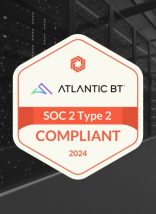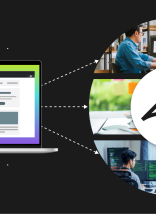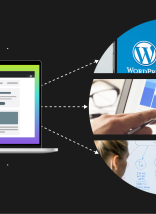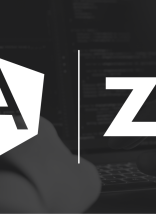Why try to change the world when you could just scrap it and create a new one? Whether it’s bringing designers together from across the world to collaborate in a shared space in real time, or just turning your cubicle at the office into an extravagant workspace on the international space station, Virtual Reality is going to provide a fundamental platform for developers to take on things that have, in the past, been relegated to their wildest dreams. I sat down with one of ABT’s best developers, David Campbell, to find out what this highly-anticipated technology has in store for the rest of us and why it’s going to change everything.
“You might be at a really tiny cubicle and it’s kind of miserable and there are people everywhere and it’s not a great environment to work in, but suddenly you’re in a completely different place. This might not even be a realistic place, it could be rather fantastical actually. If you want to work on the moon, that’s fine you can do that. Some people will be in the jungle, some people will be on the moon,” Campbell said while settling in for our interview.
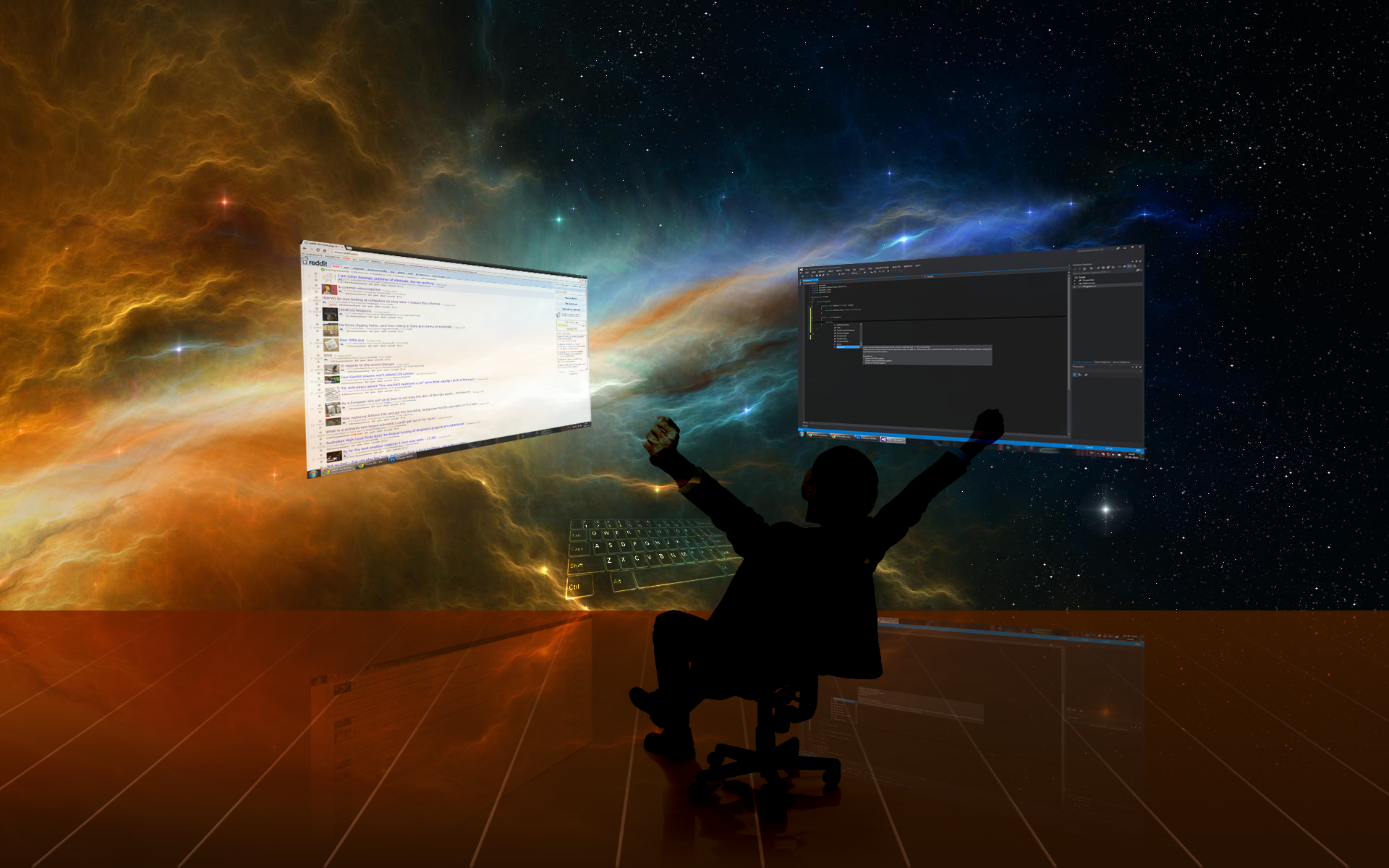
Because emerging VR technology holds seemingly endless opportunities, I wanted to sit down with someone who understands the complexities and has been following industry developments closely since day 1. David Campbell has worked as a .PHP Developer with Atlantic BT for two years and has been writing code for over a decade. He recently attended the East Coast Gaming Conference, which was particularly focused on VR this year, and was willing to sit down and share some of what he finds most interesting.
Thanks for sitting down with me today David, it’s always a pleasure to work with you on something like this. Speaking of working together—do you think VR will change the way we collaborate on projects like these?
It depends—I think design is one avenue I really see benefitting, being able to bring designers together in a VR environment and them being able to work on the same piece together. This doesn’t work as well for something like programming code because it’s so text-based, but design…You can imagine bringing a few designers together and them being able to draw in the air, and then step in and work on the same piece at the same time. We’re certainly going to see a lot of interesting stuff come out of the art-world because of the extra freedom that VR allows.
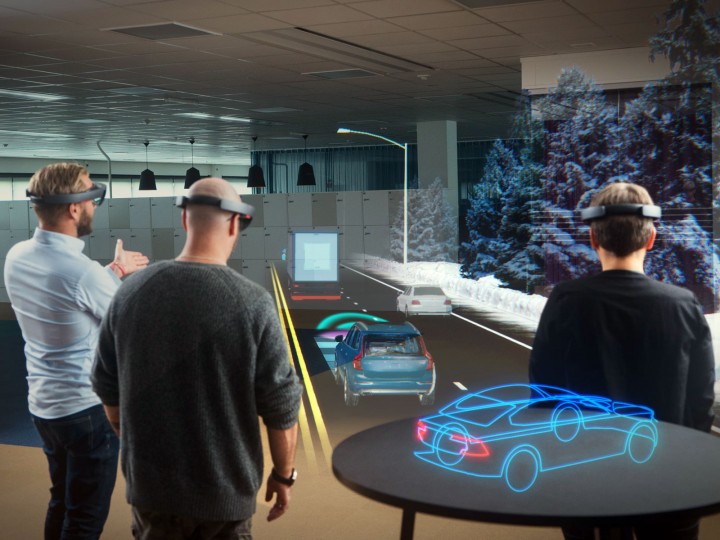
Do you think it will have similar benefits in a business-oriented setting?
I think there are a lot of people who are very visual learners, and who think the best in a visual space—certainly the people who work best with a whiteboard—especially when they need to communicate with other people. There’s opportunity for them to be able to host a whiteboard meeting with people from around the world and actually have a medium that they’re all able to draw on and interact with. And I think for a lot of personality types that’s going to be great, it’ll allow people to work how they work the best. There are almost endless collaboration possibilities that come along with VR.
What limitations do you see as being the most restrictive to programmers developing VR?
The most engaging VR experiences involve actual interaction in the alternate world, but we’re still limited by having to move around in this one at the same time. Mapping the real world on the fly is a very difficult challenge, it’s a very non-trivial thing, and interpreting our world and how things can and should interact has proven a real hurdle for computing as well. It’s extremely complex and that’s not really going to get easier, we’re just going to get better at it. Also I think a lot of people feel uncomfortable in VR because you’re shut off from the real world—you can’t see your feet, where you’re going, or what’s around you—and that’s something they’re addressing. I think right now the Rift is one of a few [hardware brands] that stands out as not having any camera on the front and that will probably bite them later.
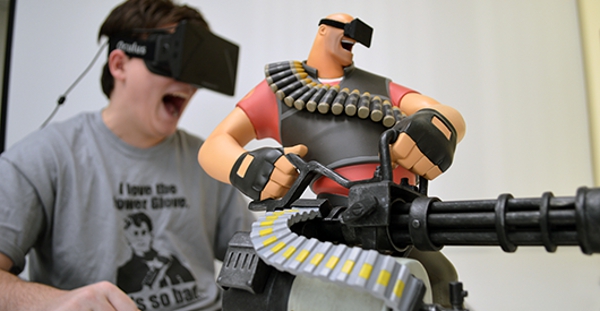
Is a camera really that important though? I thought the whole idea was to create a virtual reality that users could immerse in fully.
For instance, the Vive does have a camera on the front that provides some interesting options. At the OS level you can bring up that camera at any time, either full-screen or in a little window off to the side, and I think people are going to appreciate that. I think that could be really essential—having that small window into what’s actually happening around you—and it should increase comfort levels for a lot of people. I think that will probably become the standard at some point, and I think there’s very little reason for most VR headsets not to have a camera on the front because it unlocks some really interesting capabilities.
If you can bring up that camera and the VR can render things on top of that image it creates a type of indirect AR (Augmented Reality). It’s indirect AR because the image is being captured by a camera and played as a video through the headset, so there will be some lag there. If it’s done right, the lag will be milliseconds…minimal but not nothing. Even things you can’t perceive consciously, often times your brain still notices. Frame rates have proven to be a huge factor in the VR experience, and that holds even more true for AR.
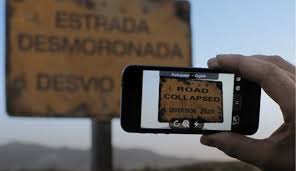
Do you think that type of indirect AR will make VR hardware more useful in everyday life?
VR and AR have different applications and this type of indirect AR offers some of the benefits of AR on a VR device; it kind of bridges the gap. Imagine going to some foreign country and being able to look around and actually have it tell you in your language what you’re looking at. If you’re in Brazil you look at a sign and see a bunch of words you don’t understand and you have no clue what it is that you’re looking at. But now that sign suddenly changes to English and you know what it is. And then maybe somebody talks to you in Portuguese and it writes out what they said in English on the screen. We already have technology that is translating stuff on the fly as people say it so there’s a lot of everyday little useful things that we’re going to get out of it. Things like that are why it’s going to make sense for the average consumer to purchase VR hardware, which is when you’re really going to see it start to take off. When Google Glass came out they didn’t have a lot to go along with it, so it kind of gave you very little while making you look like an asshole, and the tradeoff wasn’t quite worth it. When AR starts to use hardware that’s less like a headset and more like a pair of glasses or contact lenses I think people will get more comfortable wearing the technology around.
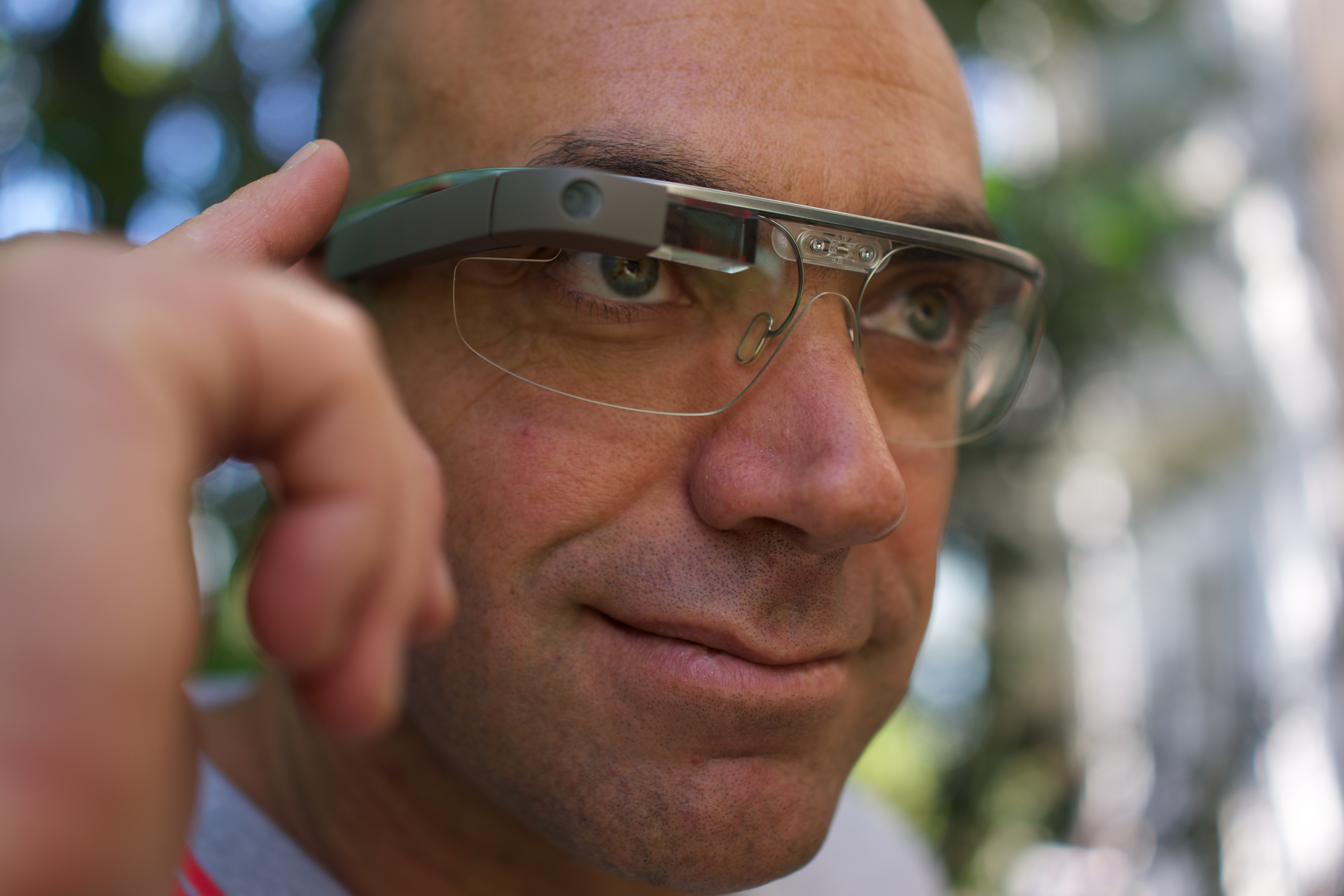
What are the biggest issues that you see affecting everyday consumers?
In the past couple years I’ve seen a bit of the enthusiasm drawn from developers’ faces when I bring up the topic of motion sickness. It’s proved to be more challenging than most expected. Some people, unfortunately, are predisposed to it—if you put them in that kind of environment, the minute they move they feel sick. We have someone here at ABT who said that just looking at a photo in VR made them a little shaky and a little dizzy. It’s a huge range from people who never get sick no matter what you do to them in VR, to people who are immediately queasy and will just throw up at the drop of a hat.
Why is that and why does it vary so wildly?
A lot of it comes from acceleration—when you feel like you’re moving in VR your body gets a little confused. The balance that’s dictated by your inner ears, normally if you’re running that balance knows you’re running and you feel like you’re running and your eyes tell you that you’re running. But when you have that disconnect between what you’re eyes are seeing and the information your brain is getting, that’s when people get sick. It’s similar to the reasons why people get car-sick, except in VR it’s kind of the opposite—you’re not moving but your eyes are telling you that you are. There are a lot of people who wouldn’t ever get sick on a real roller coaster but will get sick on a VR roller coaster instantly. It’s that disconnect between what my eyes and body are telling my brain. And it’s something you have to be sensitive about as a developer because it’s a legitimate health issue. It’s kind of funny to talk about, but it’s not fun when you’re that person who’s getting sick and throwing up in your friend’s living room.
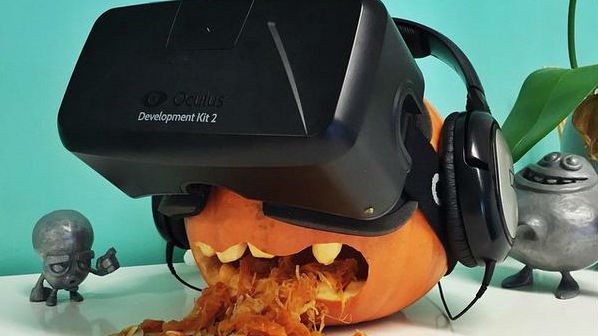
Are the health risks really a cause for concern for the average user?
The health issues are certainly one of the biggest topics amongst VR developers. Negative side effects of VR, while usually minor, are rather pervasive and unfortunately they’re common enough that developers have had to rethink entire design concepts to make an experience more palatable to a wider audience. I spoke to a number of game devs this year who noted how issues such as motion sickness had really limited what they wanted to do, and to a much greater degree than expected.
Differences in health mean we may not share quite the same experience too. For instance, there’s the issue of vision which is probably one of the more widespread, albeit less serious, problems users may encounter. Like we saw with 3D, poor eyesight can really hamper, or even ruin, the technology for some. Differences between apps in frame-rate, point-of-view, or effects like motion blur may affect different people in different ways. I can say, as somebody who’s near-sighted, that I’ve had a variety of different experiences with how much blur I have in VR with or without my glasses. In some cases the glasses don’t help much, in others I don’t need them in the first place, and in others my glasses help quite a bit.
So most of the health risks are associated with vision than it sounds like?
Well, then you have heart issues. For example, VR certainly adds a whole different layer to horror games, and the ability to startle people is much more effective in VR, so developers may need to be a bit more cautious. The potential to surprise somebody who maybe isn’t in the best of health—to expect them to take such a sudden shock—it’s certainly something that’s going to come up. Eventually we’ll see a story about VR literally scaring somebody to death. It’s tempting to joke about that, but at the same time it’s pretty scary, especially from a developer’s perspective. If I do something wrong, or maybe try to startle somebody a little bit in good fun, there’s a chance I could really hurt someone with that little joke. Maybe you flash some lights a bit too much and cause problems for epillectic users? These aren’t entirely new concerns, but we do need to be even more mindful of such things.
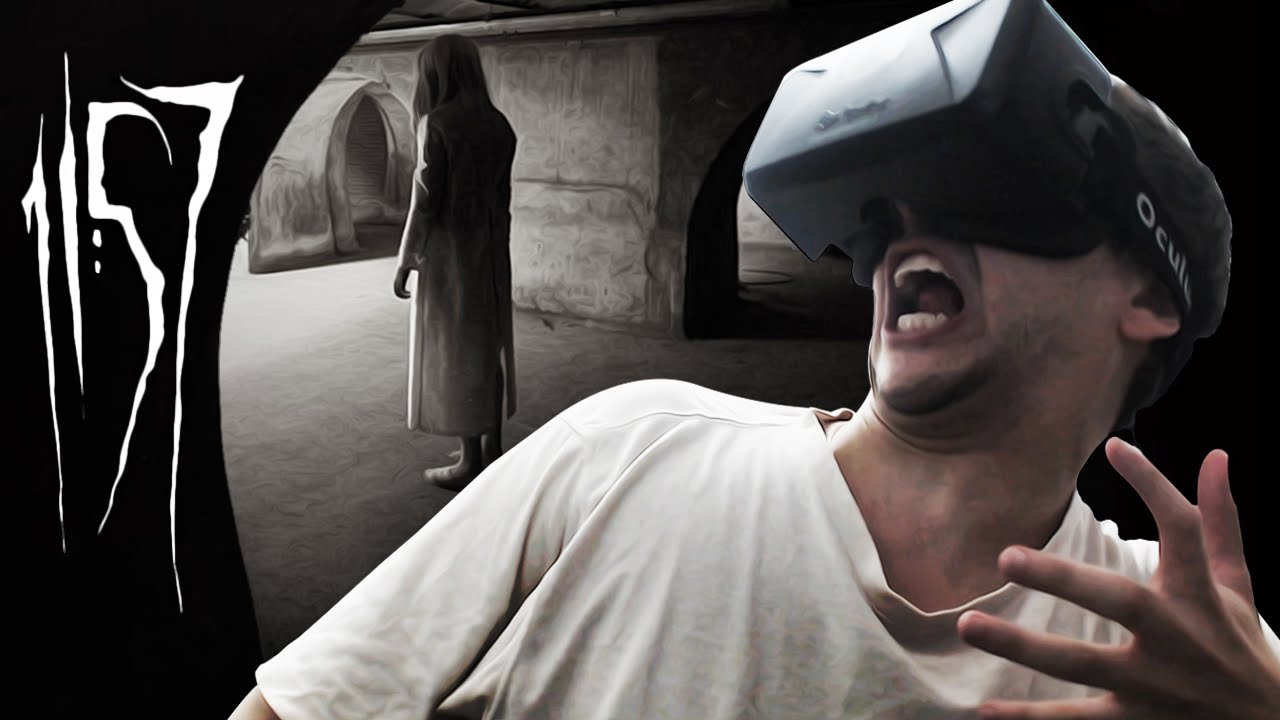
And inevitably there will be people who do those things maliciously, there are enough trolls out there that people will have to be careful about the content they get. I think VR will need to develop it’s own standard for describing the types of experiences a piece of VR content will provide—something akin to the ESRB ratings you see on games—something a little more focused on health concerns than age limits. As long as developers are responsible I expect we’ll continue to see VR expand more and more as affordability improves.
We can expect to learn more as the future of this highly-anticipated technology begins to unfold, but until then I’d love to continue this conversation in the comments section, especially as it pertains to programming. Your thoughts, comments, concerns and suggestions are all appreciated.




